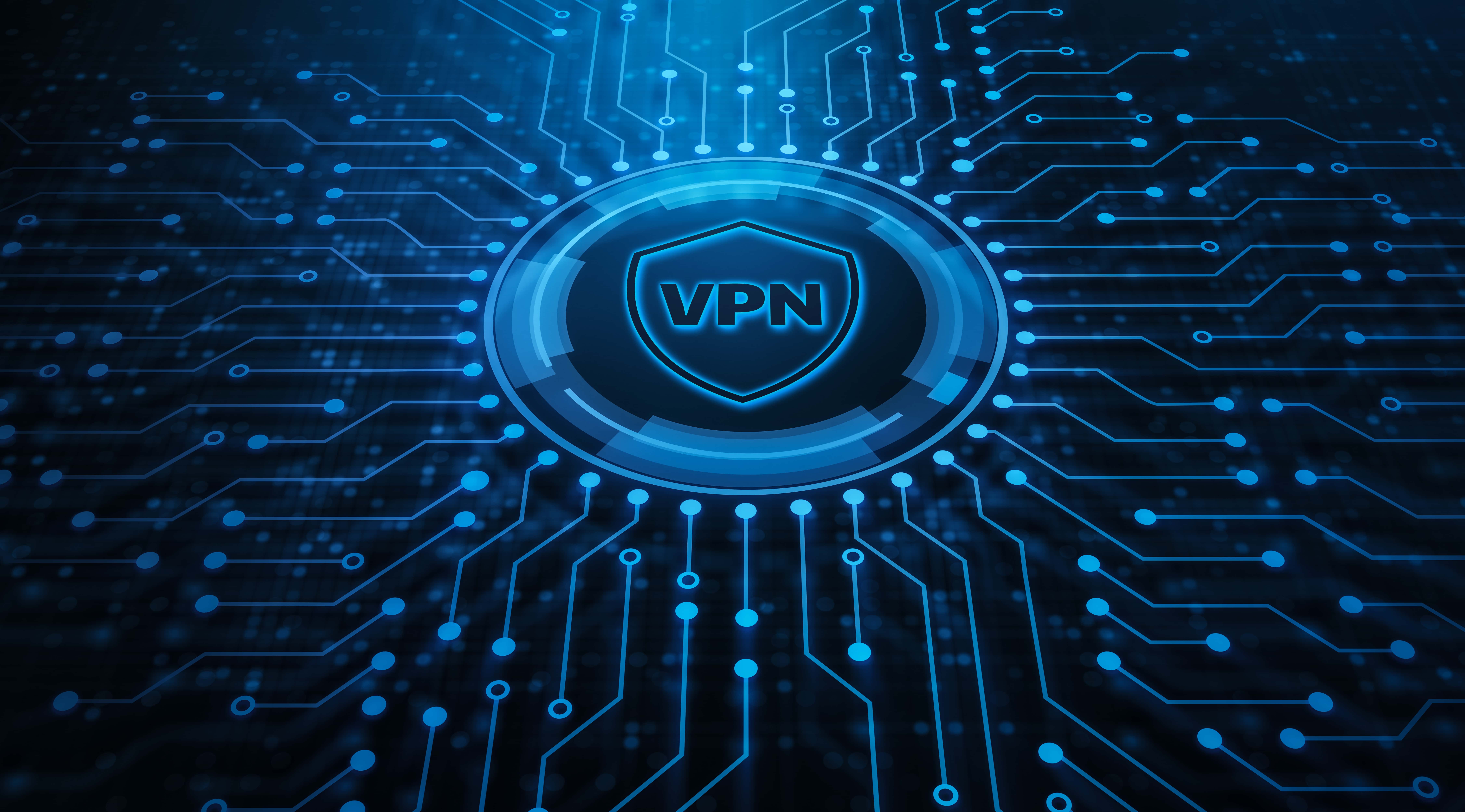It’s a fact of contemporary professional life that data, people, and secure systems are all remote, interconnected, and vulnerable to evolving security threats. The challenge is that it isn’t enough to lock everything down in areas like federal security, healthcare IT infrastructure, or other sensitive areas. The solution for the past few decades has been VPNs.
A VPN isn’t new technology but has become the backbone of a modern work and data economy that thrives on accessibility and security.
How Do Virtual Private Networks (VPNs) Work?
Virtual Private Networks are like secure bridges between your device and the internet. They’re designed to protect your online privacy and keep your data safe.
The process of using a VPN connection is relatively standard across most instances:
- Starting Up a VPN Connection: Imagine you’re turning on a VPN on your device. What happens is that the app starts talking to a server (think of it as a secure digital outpost). You’re asking this server to let you connect securely.
- Checking Your Credentials: The VPN server must ensure it’s you. So, it checks your login details or digital certificate – like showing your ID before entering a secure building. Once it knows you’re legit, it opens up a secured line.
- Building a Tunnel: The VPN creates a private tunnel between your device and the server, a secret passage. All your internet traffic travels through this tunnel. It’s wrapped up and encrypted, meaning it’s coded in a way only the VPN can understand.
- Encrypting Your Data: Encryption is the heart of a VPN. It scrambles your data so that no one else can read it. Whether you’re using OpenVPN, L2TP/IPsec, or IKEv2, these are different ways to turn your data into a secret code only your VPN can crack.
- Sending Your Data Safely: Once your data is all coded up, it travels through the tunnel to the VPN server. There, the server decodes your data and sends it off to the internet – like sending a letter to its destination.
- Getting Data Back: When a website sends data back, the process reverses. The VPN server receives the data, wraps it up in encryption for safety, and sends it back through the tunnel to your device.
- Decoding the Data on Your Device: When your device gets this data, the VPN app translates it back into a format you can use – turning the secret code back into readable information.
The Evolution of VPN Technology

The journey of VPN technology began as a solution to connect distant offices and enable secure remote access for employees. In its early stages, VPNs primarily focused on basic encryption techniques to create a secure tunnel between two points over the internet. As internet usage surged and cyber threats became more sophisticated, VPN technology evolved to meet these challenges. Introducing more robust encryption protocols and advanced tunneling methods marked a new era in VPN development.
In recent years, VPN technology has seen remarkable advancements. The emergence of new protocols like WireGuard, which offers improved speed and security, is reshaping the landscape. Additionally, integrating VPNs with cloud services and adopting zero-trust security models signify a shift towards more flexible and scalable security solutions.
The rise of mobile and IoT devices has further pushed the boundaries of VPN technology. Providers now offer solutions that cater to a wide range of devices and platforms, ensuring secure connectivity in an increasingly interconnected world.
Virtual Networks in the Context of Regulatory Frameworks
VPNs play a significant role in helping organizations comply with various regulatory frameworks like the General Data Protection Regulation (GDPR) and the Health Insurance Portability and Accountability Act (HIPAA). By encrypting data and securing internet connections, VPNs aid in protecting personal and sensitive information, a vital requirement of these regulations.
- Compliance with Data Protection Regulations: VPNs are key tools for organizations navigating the complex waters of regulatory compliance, such as GDPR and HIPAA. Encrypting data and securing online connections play a crucial role in safeguarding personal and sensitive information, a fundamental aspect of these regulations.
- Supporting HIPAA Compliance in Healthcare: Adhering to HIPAA’s stringent requirements is non-negotiable for healthcare providers. VPNs facilitate this by providing a secure way to access patient data remotely, ensuring that this highly sensitive information remains confidential and secure during transmission.
- Ensuring Financial Data Privacy: Financial institutions face rigorous rules under acts like SOX and GLBA in the U.S. Here, VPNs are invaluable in preserving the confidentiality and privacy of financial transactions and records, aligning with the strict demands of these regulations.
- Managing Cross-Border Data Transfers: In our globalized world, data often needs to cross borders, and VPNs can help navigate the rules set by frameworks like the GDPR. They can route data through specific countries, aiding compliance with international data transfer regulations.
- Aiding in Compliance Audits: Some solutions have logging and reporting features. These can be a lifeline during compliance audits, providing detailed access and data transmission records that many regulatory frameworks require.
Make Sure Your VPN Technology Aligns with Your Compliance Requirements
Work with Lazarus Alliance and ensure that your VPN tech, remote access employees, and data are always protected and compliant.




Related Posts